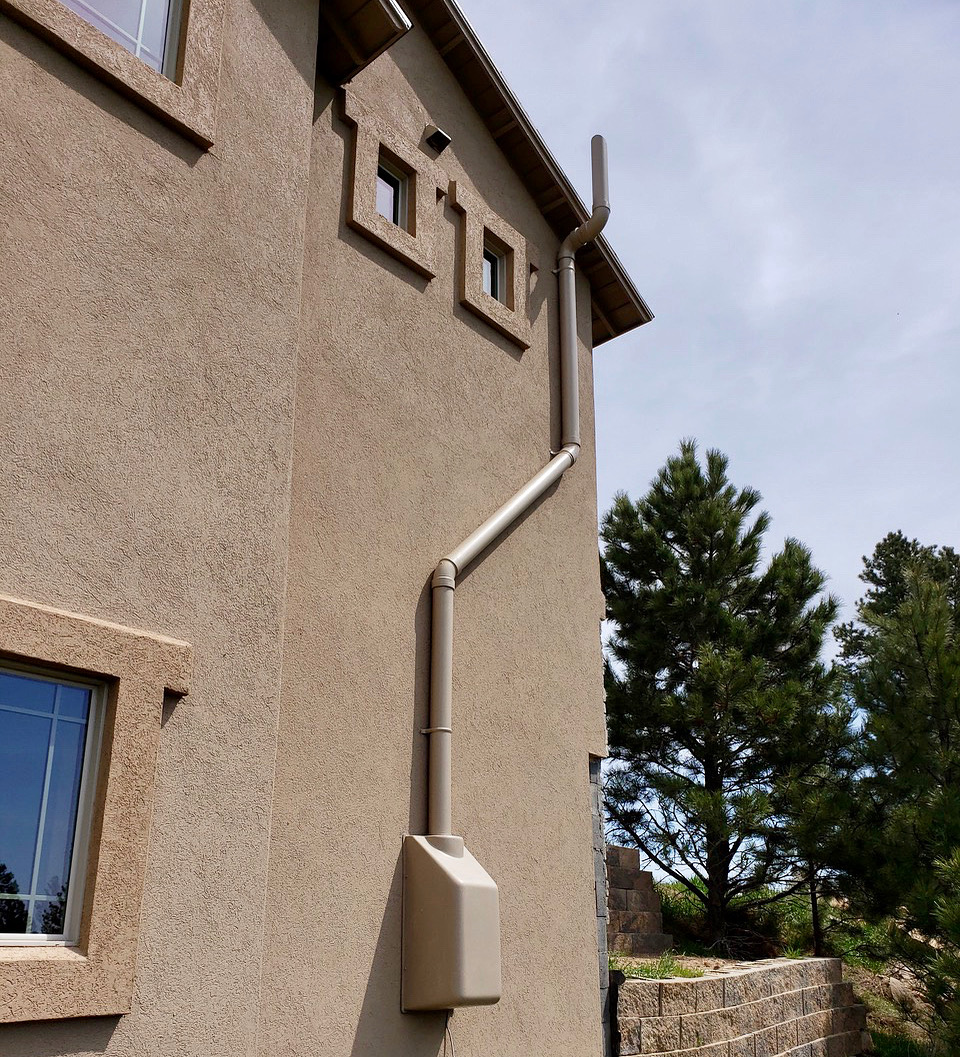If your home tests positive for high radon levels, we can create a customized mitigation plan for your property. We will evaluate your home and design a mitigation system that suits your needs and budget.
ALO RADON | Certified Radon Professional
Radon Mitigation: Safeguarding Health Through Effective Measures
Certified Radon Professional
Radon Mitigation Techniques
Crawl Space Mitigation
In crawl spaces, a thick plastic vapor barrier can be installed on the ground to reduce radon entry. A radon vent fan may also be used to further mitigate radon in crawl spaces.
Sub-Slab Depressurization (SSD)
This is the most common and effective radon mitigation method. It involves installing a fan and a system of pipes below the building’s foundation to create a vacuum or negative pressure zone under the slab. This prevents radon from entering the living space and directs it safely outside, where it dissipates harmlessly.
Sump Pump Mitigation
If a sump pump is present in the basement, sealing it and venting the radon gas outside can help prevent radon from entering the living space.
Block Wall Mitigation
Cracks and openings in concrete block walls can be sealed, and a vent pipe system can be installed to direct radon gas outside.
Hollow Block Wall Mitigation
In buildings with hollow block walls, a system similar to sub-slab depressurization can be used to create a vacuum within the walls, preventing radon from entering the living area.
Sealing Cracks and Openings
Radon can enter buildings through cracks in foundations, floor slabs, walls, and other openings. Sealing these gaps with caulk or other appropriate sealants can help reduce radon entry.
Pressurization Systems
Positive pressurization systems can be used in some cases, particularly in homes with unusually high radon levels. These systems introduce clean outdoor air into the building, creating positive pressure that prevents radon from entering.
Heat Recovery Ventilator (HRV) & Energy Recovery Ventilator (ERV) Systems
These systems introduce fresh outdoor air while expelling indoor air, which can help dilute indoor radon levels. They are often used in conjunction with other mitigation techniques.
Natural Ventilation
In some situations, increasing natural ventilation by opening windows and doors can help lower radon levels. However, this method may not be sufficient for high radon concentrations.
The choice of radon mitigation method should be made after a thorough radon assessment, which includes testing to determine the radon levels and consulting with a qualified radon mitigation professional such as ourselves. We can design and implement the most effective mitigation strategy tailored to the specific needs of the building and its occupants. Regular post-mitigation testing is essential to ensure that the radon levels have been successfully reduced to safe levels.
Our Promise To You
From The Owner
Ridding the world of Radon, one home at a time. With over 4 years of experience the testing and mitigation industry, ALO Radon is your industry leader in the Spearfish area and all the surrounding areas. We pride ourselves on our extreme professionalism and attention to detail. As a family owned & operated business, you can trust we will treat your project as we would treat our own. Our customer satisfaction guarantee will assure you that you are completely satisfied with our work. Give us a call today, we look forward to working with you!

